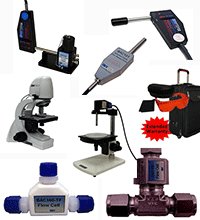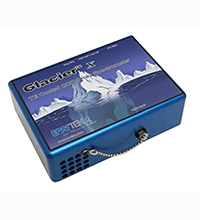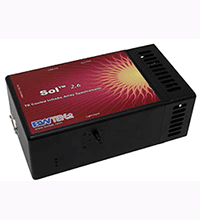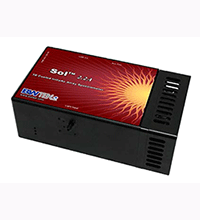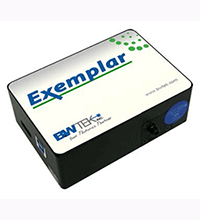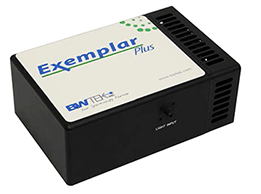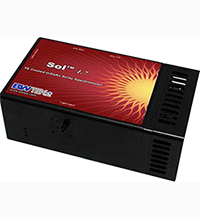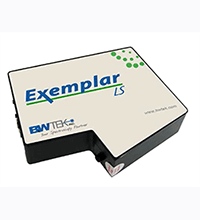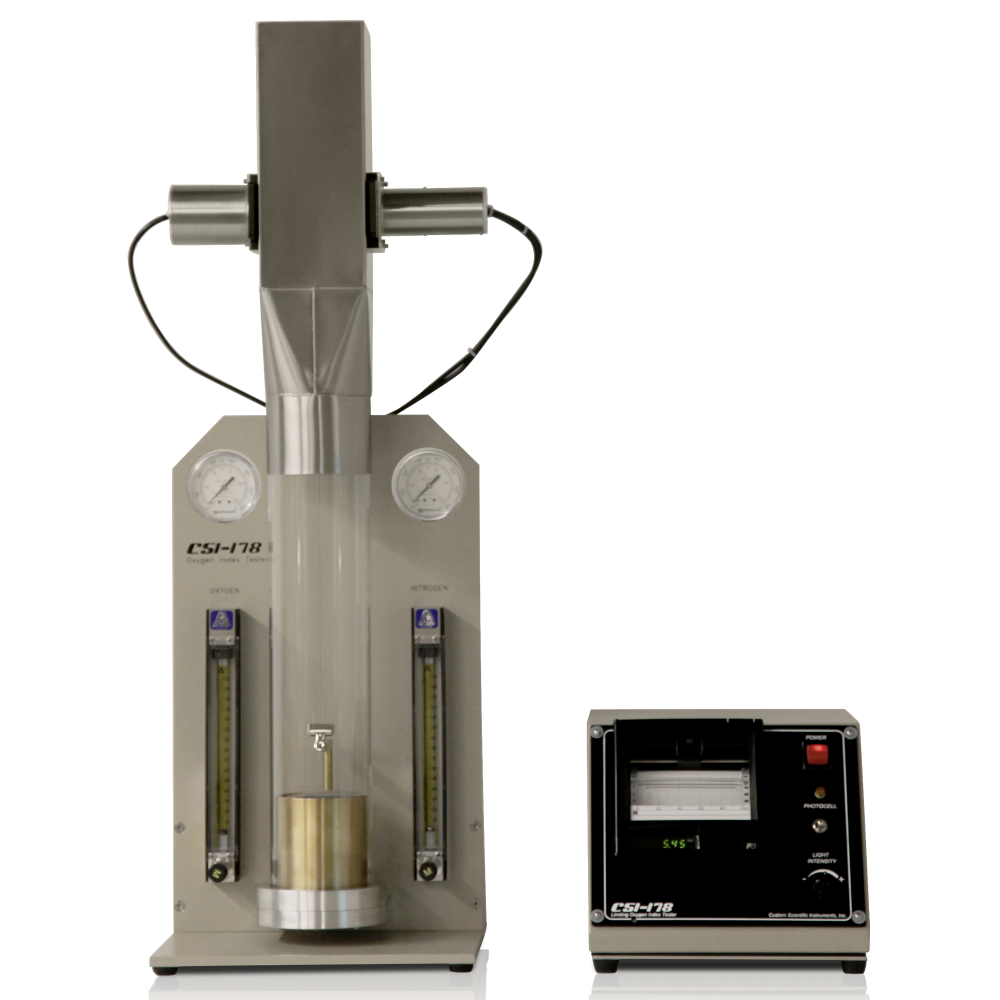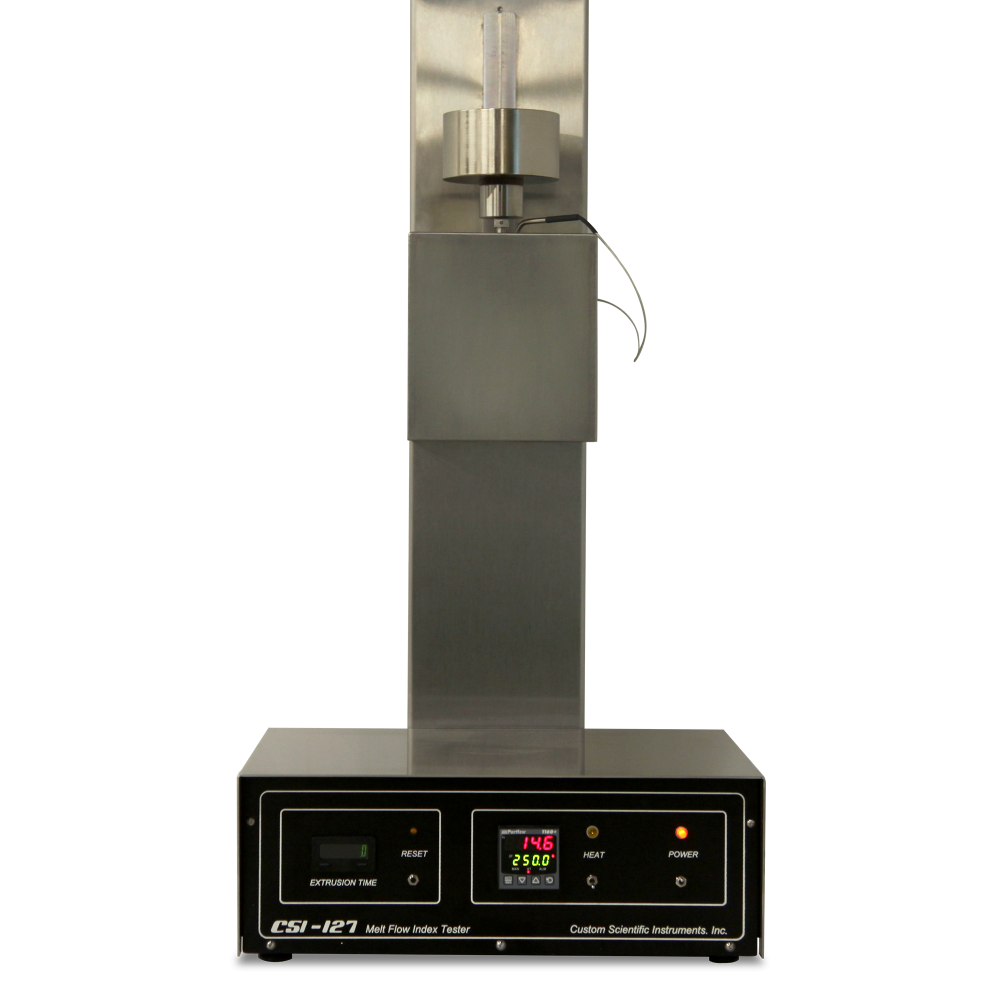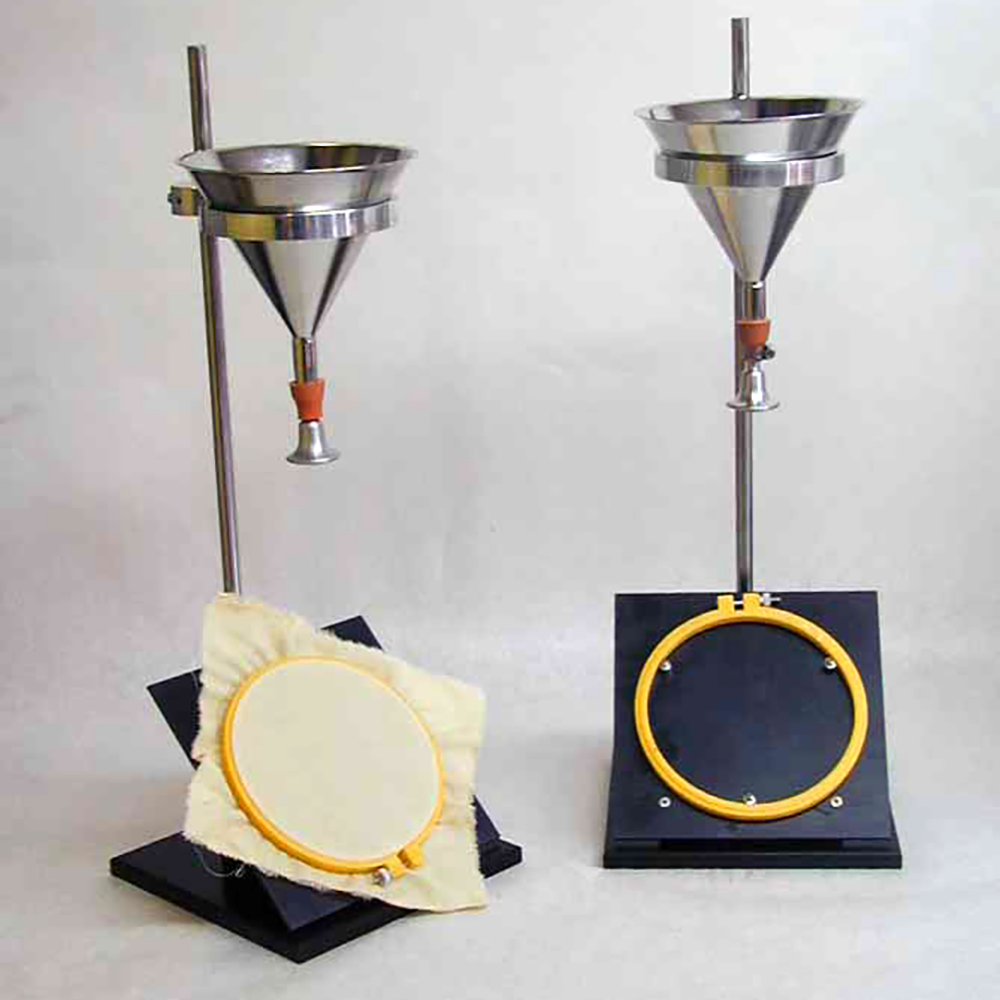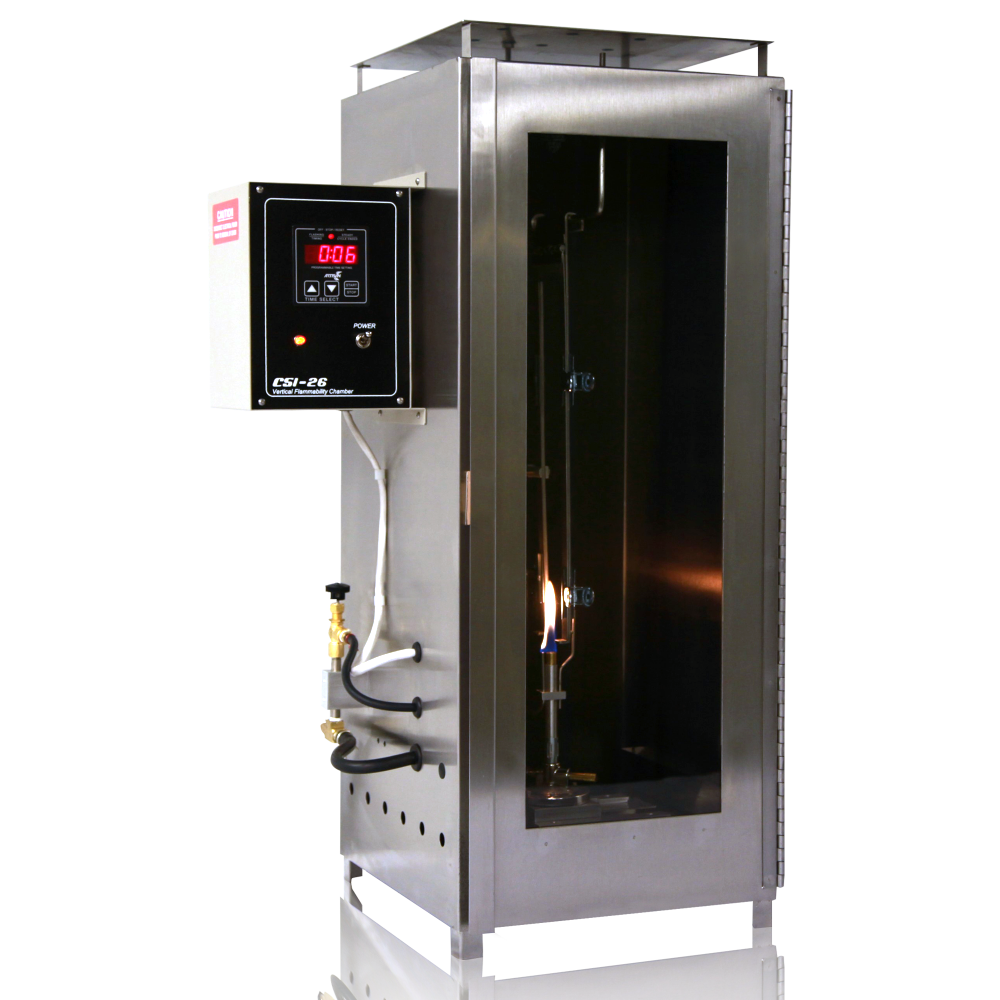Fiber Optic Bundles 光纖束探頭 Fiber Optic Bundles 光纖束探頭
Fiber Optic Bundles 光纖束探頭
Fiber Optic Bundles 光纖束探頭
Fiber Optic Bundles
廠牌:B&W Tek 必達泰克
供應商:敦亞有限公司
聯絡電話:02-8646-4129
| 快速詢價 |
|
Fiber Optic Bundles 光纖束探頭 |
|||
|
Overview
For many spectroscopic applications, proper sampling requires more than just a simple fiber optic patch cord. In cases that require you to measure various samples simultaneously or those that require improved signal to noise ratio (as in the case of weak signals), the use of fiber optic bundles are required. In this section, we will discuss the advantages and disadvantages of some common fiber optic bundle configurations.
|
 |
||
|
Fiber Optic Bundles
A fiber optic bundle is defined as any fiber optic assembly that contains more than one fiber optic in a single cable. The most common example of a fiber optic bundle is known as a bifurcated fiber assembly. The goal of using a bifurcated fiber assembly is either to split a signal or to combine signals. Figure 7-1 shows an example of a typical bifurcated fiber assembly.
|
|||
|
|
|||
|
|||
|
A bifurcated fiber can also be used to couple the signal from multiple samples into the same spectrometer. When using a bifurcated fiber in this fashion, only one sample can emit light at a time, or special care should be taken to make sure the signals do not have spectral overlap. The same basic principal and applications can be scaled up to trifurcated and quadfurcated fiber assemblies as well. An example of a trifurcated fiber assembly is shown in Figure 7-3 below. |
|||
|
Figure 7-3 Trifurcated Fiber Assembly |
|||
| Another common bundled fiber optic assembly is called a“round to slit”configuration. This configuration consists of multiple small core fibers (typically 100µm) that are put into one fiber assembly with fibers bundled tightly in a circular fashion on one end, and stacked linearly on top of each other on the other end. The end with fibers stacked linearly on top of one another form a pattern to match the entrance slit of the spectrometer, as shown in Figure 7-4 below. | |||
|
Figure 7-4 “Round to Slit” Fiber Optic Bundle |
|||
| This configuration allows for much higher throughput into the spectrometer, as opposed to simply using a larger core fiber. As shown in Figure 7-5 below, when a large core fiber is placed in front of the entrance slit of a spectrometer, the majority of the light is vignetted and doesn’t make it into the spectrometer. By contrast, when the smaller fibers are stacked along the entrance slit, significantly more light enters into the spectrometer, allowing for much higher sensitivity and signal to noise. As a result, the slit can remain relatively narrow and maintain resolution without sacrificing throughput. | |||
|
|
|||
|
|||
| By combining various combinations of single, round, and stacked confi ations with regular, bifurcated, trifurcated, and quadfurcated fiber assemblies, there are countless options available to suit any application. In the next section, we will discuss how to combine fiber bundles with other various opto-mechanical components to create more specific applications. | |||










